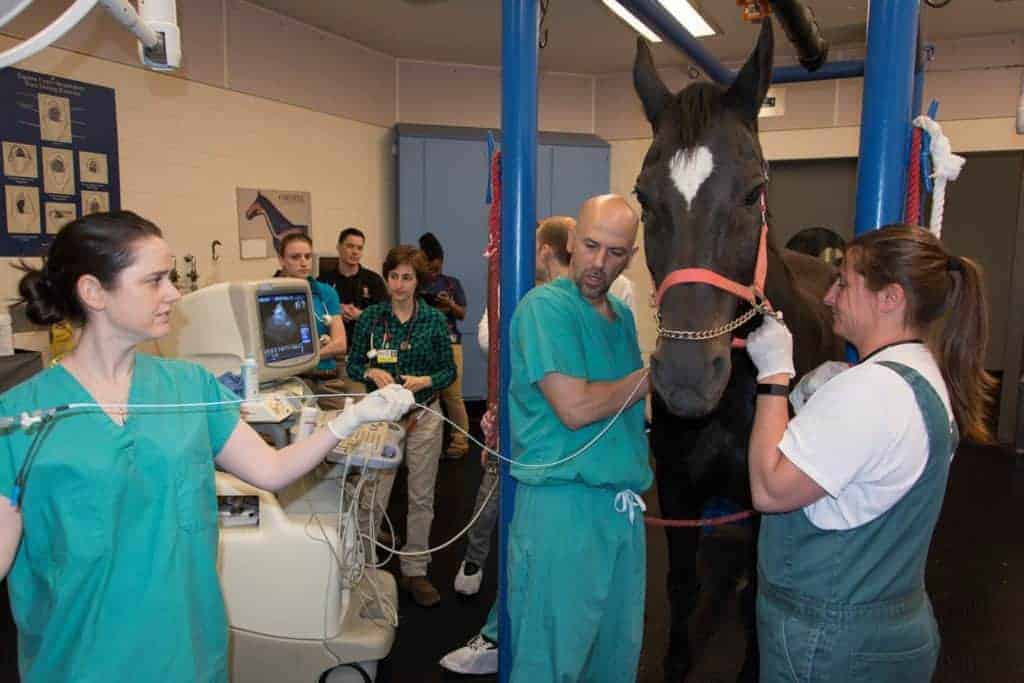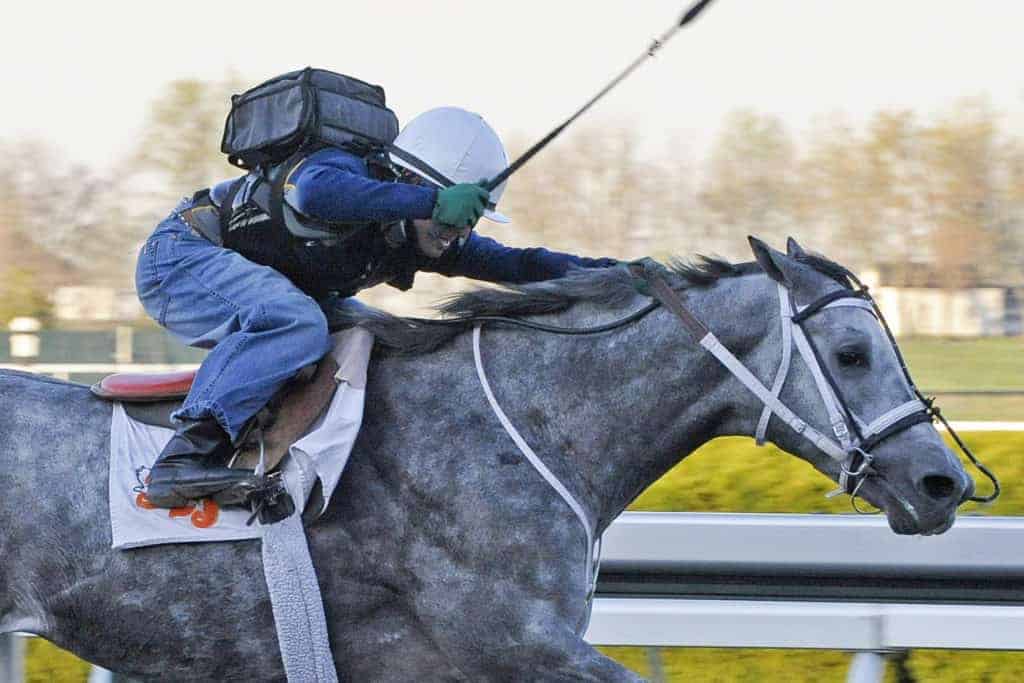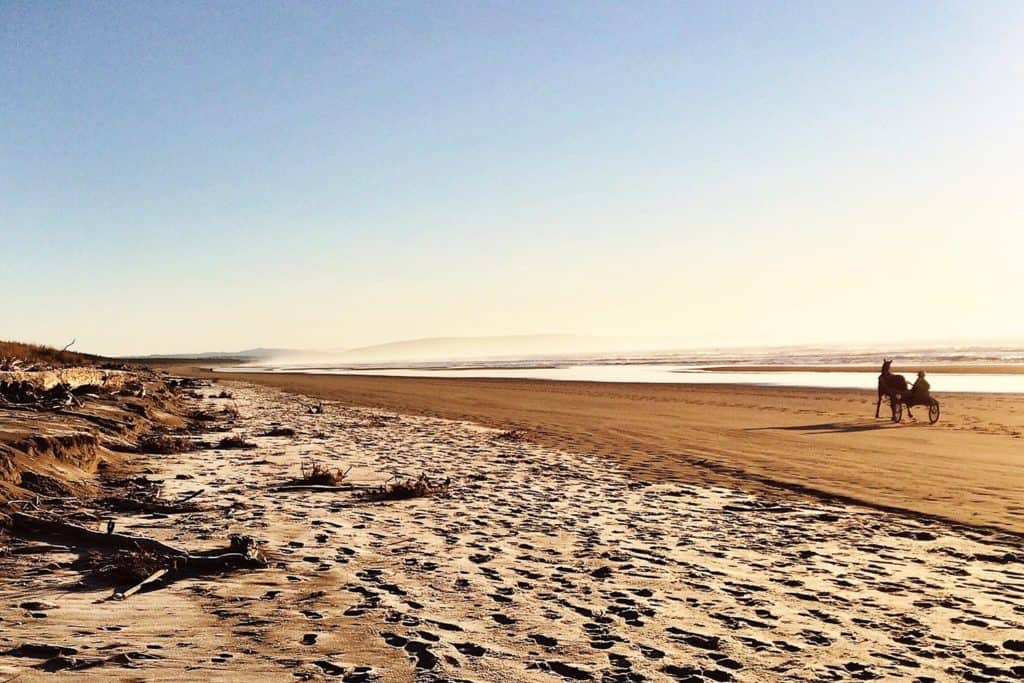
Cornell Cardiologists Calm Horses’ Fluttering Hearts
When other atrial fibrillation treatments fail transvenous electrical cardioversion could restore a normal heartbeat.

When other atrial fibrillation treatments fail transvenous electrical cardioversion could restore a normal heartbeat.

Horses’ oxygen consumption and cardiac output decreased by an average of 24% and 9%, respectively, when going downhill.

Washington State University vets say Inland Northwest owners should watch horses carefully as temperatures rise.

Of the 825 respondents, 370 (45%) said they do most of their riding on private land.

Rutgers researchers have gained a better understanding of how horses’ bodies change as they age. Here’s what we know.

Researchers say inertial measurement units could aid in more accurate veterinary diagnoses and performance evaluations.

In a long-term study, researchers showed that 92.5% of horses discharged had returned to work four to eight years after surgery.

Dr. Norm Ducharme reviewed how to diagnose and treat airway issues during the Milne lecture at the 2016 AAEP Convention.

Of the 1,293 poll respondents, 340 (26%) said their horse is turned out with one other horse.

Successful treatment depends on an accurate diagnosis and good knowledge of the therapeutic options available.

Rib fractures can cause problems even when there’s no history of trauma or obvious signs indicative of a fracture.

Do you have a mature or senior horse? Find out how to keep him comfortable and competitive as he ages!

Using sensible strategies, we can help keep equine joints healthy and capable of withstanding athletic demands.

Performance horses have special nutritional needs. Here are some tips on how to get the most out of your athlete’s diet.

Horses with significant cardiac arrhythmias or ones found during multiple sessions might be less likely to race.

Learn what a buyer and veterinarian need to be aware of when conducting an equine prepurchase examination.
Stay on top of the most recent Horse Health news with
"*" indicates required fields